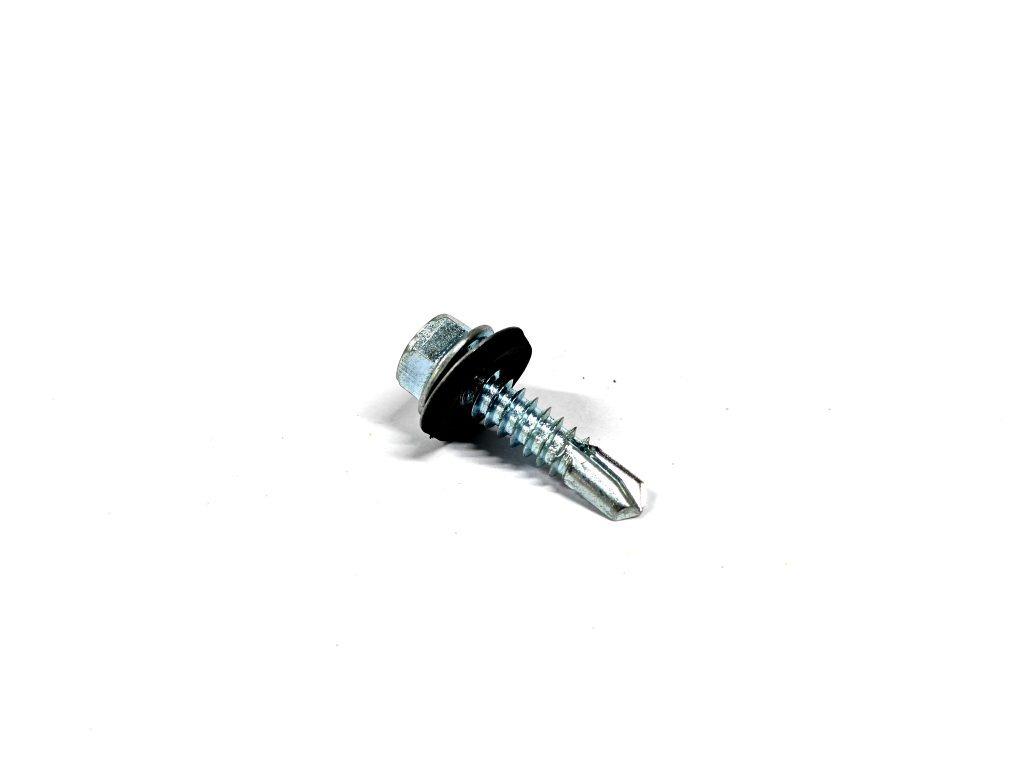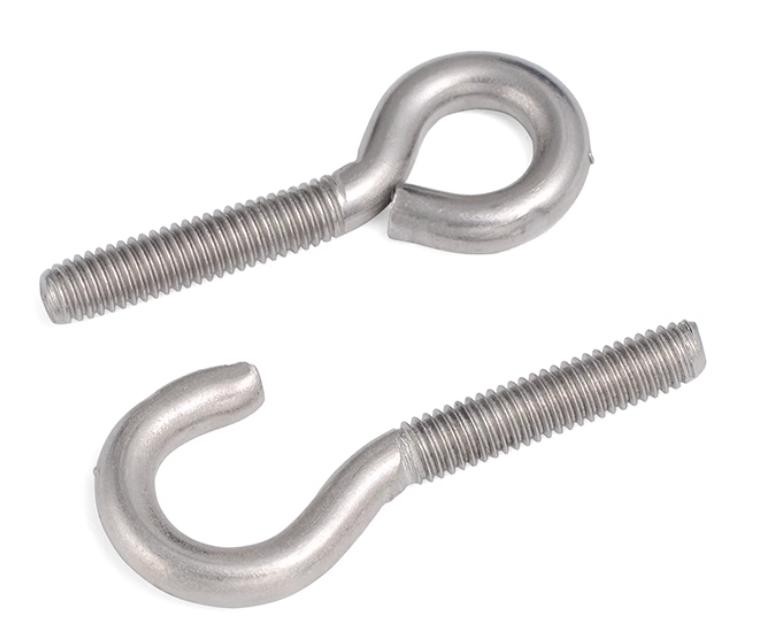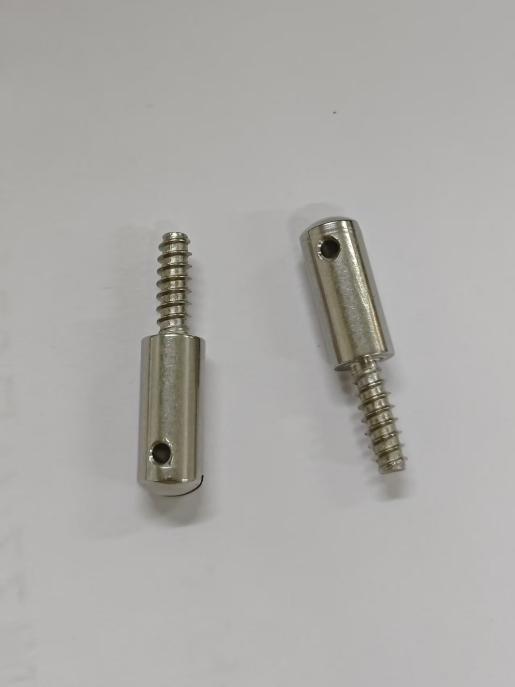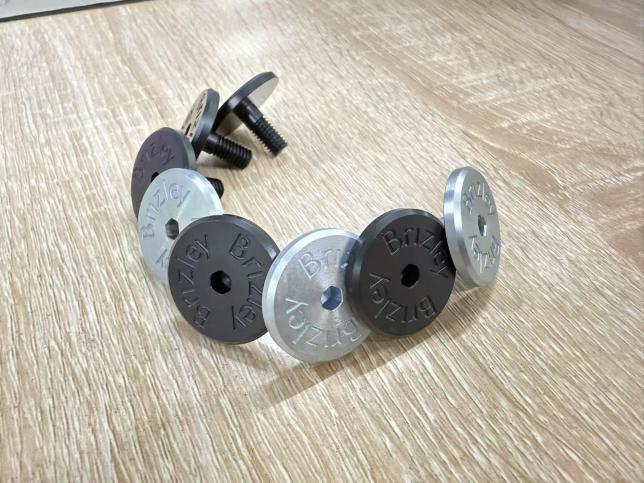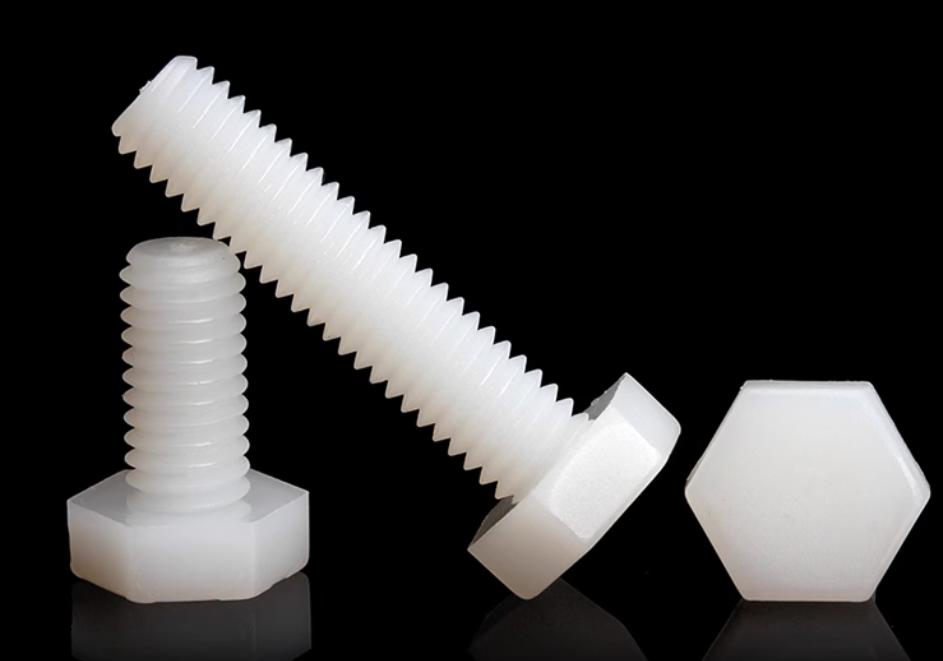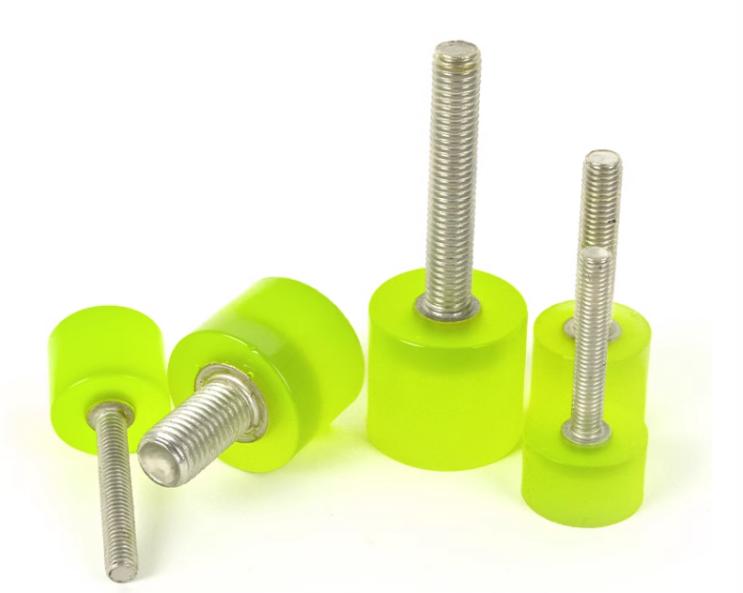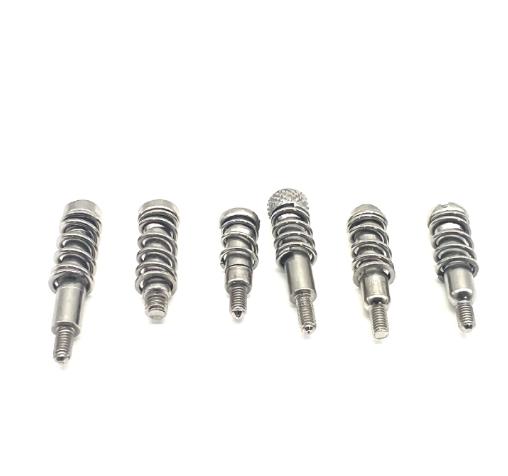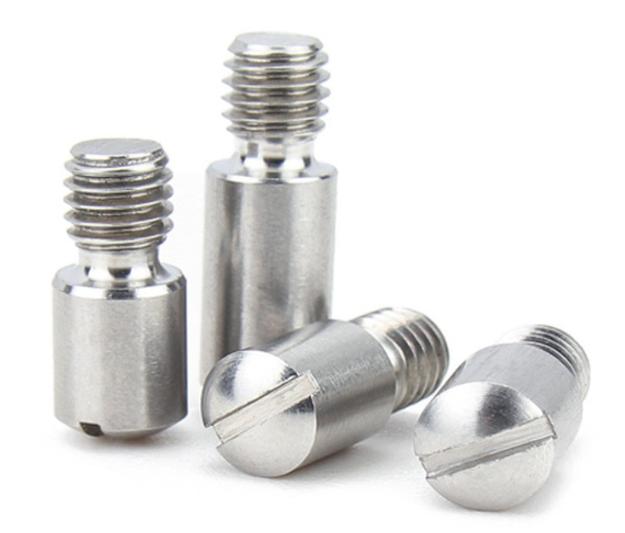A Comprehensive Guide to Stainless Steel Flat Head Screw
From sleek furniture hinges to heavy-duty boat hulls, the humble stainless steel flat head screw plays a vital role in countless industries. Often hidden beneath the surface, these inconspicuous marvels of engineering silently secure our world together. This article delves into the fascinating world of stainless steel flat head screws, exploring their types, applications, and some frequently asked questions.

What is a Stainless Steel Flat Head Screw?
A stainless steel flat head screw is a type of fastener featuring a low-profile, countersunk head designed to sit flush with the material it secures. Crafted from corrosion-resistant stainless steel, these screws come in various sizes and configurations to suit diverse needs. The screw’s shank, or body, features threads that bite into the mating material, providing a strong and reliable hold.
What are the Different Types of Stainless Steel Flat Head Screws?
| Type | Features | Applications |
| Slotted Flat Head Screw | Single groove on head, requires flathead screwdriver | Woodworking, furniture, general applications |
| Phillips Flat Head Screw | Cross-shaped recess, offers better torque and grip | Wide variety of uses, including construction, electronics, and DIY projects |
| Hex Flat Head Screw | Hexagonal socket, requires Allen wrench, high torque capacity | Automotive, machinery, heavy-duty applications |
| Square Flat Head Screw | Square-shaped socket, less prone to cam-out, easy to use | Becoming increasingly popular, general construction and assembly |
| Torx Flat Head Screw | Star-shaped recess, highest torque resistance, tamper-proof | Security applications, electronics, automotive components |
What are the Different Sizes of Stainless Steel Flat Head Screws?
The most common sizes of stainless steel flat head screws come in two main measurement systems: imperial (# sizes) and metric (M sizes). Here’s a breakdown of both:
Imperial:
Diameters: #4, #6, #8, #10
Lengths: 1/2″, 3/4″, 1″, 1-1/2″, 2″, 3″
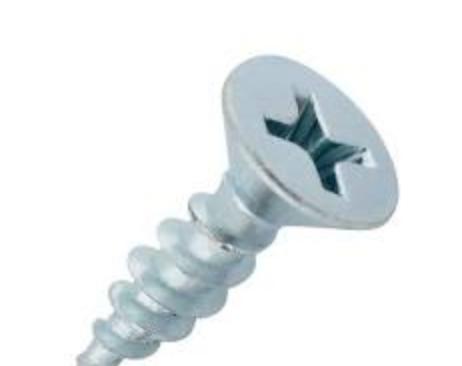
Metric:
Diameters: M3, M4, M5, M6
Lengths: 6mm, 8mm, 10mm, 12mm, 16mm, 20mm
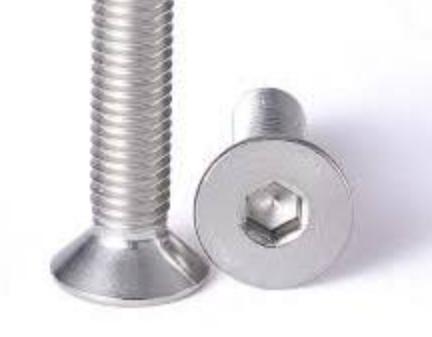
What are the Different Applications of Different Grades of Stainless Steel Flat Head Screw?
The diverse grades and types of stainless steel flat head screws cater to a multitude of applications:
| Grade | Description | Applications |
| 18-8 (304) | Most common, good corrosion resistance in mild environments, magnetic | General construction and hardware |
| 410 | Higher strength than 18-8, lower corrosion resistance, magnetic | High-tensile applications |
| 316 | Excellent corrosion resistance in harsh environments, marine grade, non-magnetic | Chemical processing equipment |
| 430 | Heat-resistant, good for high-temperature applications, magnetic | Automotive exhaust systems |
| 17-4PH | High strength and hardness, good corrosion resistance, precipitation hardening | Aerospace and aircraft components |
| A286 | High strength and creep resistance at elevated temperatures, non-magnetic | Jet engine components |
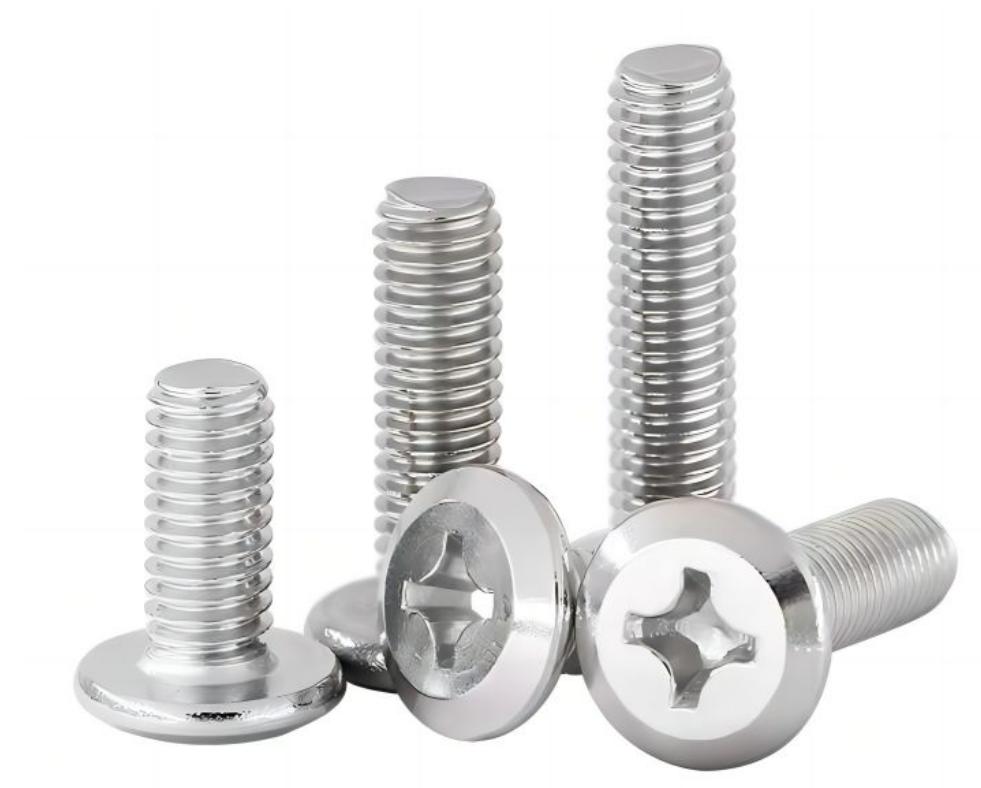
Common Asked Questions of Stainless Steel Flat Head Screw
1. What is the difference between coarse and fine threads?
The main difference between coarse and fine threads lies in the number of threads per inch (TPI) they have. This difference affects their strength, application, and ease of use.
Coarse threads:
- Appearance: Have wider, deeper ridges with fewer threads per inch (TPI).
- Strength: Generally considered stronger than fine threads for the same diameter due to the larger cross-sectional area of the threads.
- Applications: Ideal for applications where vibration or shock resistance is important, such as in automotive and construction work. Also suitable for thicker materials like wood and soft metals where wider threads provide better grip.
- Ease of use: Easier to screw in and out due to the larger thread pitch.
Fine threads:
- Appearance: Have smaller, closer threads with more threads per inch (TPI).
- Strength: Considered less strong than coarse threads for the same diameter due to the smaller cross-sectional area of the threads.
- Applications: Ideal for applications requiring precise adjustments or finer control, such as in electronics, machinery, and instruments. Also suitable for thin materials like sheet metal where fine threads provide a tighter grip and prevent stripping.
- Ease of use: May require more torque to screw in and out due to the smaller thread pitch.
Here’s a table summarizing the key differences:
| Feature | Coarse Thread | Fine Thread |
| Threads per inch (TPI) | Fewer | More |
| Thread depth | Deeper | Shallower |
| Strength | Generally stronger | Generally weaker |
| Applications | Vibration resistance, thicker materials | Precise adjustments, thin materials |
| Ease of use | Easier to screw in/out | Requires more torque |
Ultimately, the best thread type for your application depends on your specific needs and priorities. Consider factors like the material you’re working with, the required strength and precision, and the ease of assembly when making your choice.
How much weight can a stainless steel flat head screw hold?
Unfortunately, it’s impossible to give a single answer to how much weight a stainless steel flat head screw can hold. The weight capacity depends on several factors, including:
- Screw size: Larger screws, with thicker shanks and wider threads, can naturally hold more weight than smaller ones.
- Material: Different grades of stainless steel have varying strengths. For example, the commonly used 18-8 (304) grade is good for general applications, while 316 grade is stronger and better suited for marine environments.
- Thread type: Coarse threads typically offer better holding power than fine threads for the same size screw.
- Application: The way the screw is used also matters. For example, a screw holding two pieces of wood together in shear will have a different weight capacity than one used in tension to hang a heavy object.
- Installation: The depth and quality of the screw’s engagement with the material it’s fastened into significantly impact its holding power. A screw properly seated in a pre-drilled hole will hold more weight than one driven directly into wood.
Conclusion
From its humble beginnings as a woodworking staple to its modern-day ubiquity in diverse industries, the stainless steel flat head screw has cemented its place as a timeless classic. Its enduring popularity stems from its unique blend of practicality and aesthetics. With its corrosion resistance, inconspicuous profile, and wide range of applications, this versatile fastener continues to be an invaluable tool for professionals and hobbyists alike. If you want to customize the stainless steel flat head screw, please feel free to contact KENENG, one of the stainless steel fastener manufacturers in China.

